Aerodynamic Analysis Of Hatchback & Sedan Cars CFD Simulation | ANSYS Fluent Training
Aerodynamic Analysis Of Hatchback & Sedan Cars CFD Simulation | ANSYS Fluent Training
- Upon ordering this product, you will be provided with a geometry file, a mesh file, and an in-depth Training Video that offers a step-by-step training on the simulation process.
- For any more inquiries regarding the product, please do not hesitate to reach out to us at info@CFDLAND.com or through our online support assistant.
€0.00
In this comprehensive report, we go over at the Peugeot 206’s aerodynamics in great detail, comparing its famous hatchback and sedan (SD) models. Aerodynamics is an important part of automobile engineering that affects numerous factors about a vehicle’s performance, including how well it handles, how much petrol it uses, and its top speed. Since it came out in 1998, the Peugeot 206 has been a popular small car on the market. It’s a great example of how small changes in body shape can have a big effect on aerodynamic properties. By carefully looking at the different ways the hatchback and sedan models are built, we hope to find out and measure how these differences affect the way air flows, the drag coefficients, and the total aerodynamic efficiency of the cars. We will look at the details of how each body style works with air flow using computational fluid dynamics (CFD) simulations, wind tunnel testing data, and real-world performance metrics.
Figure 1: Hatchback Vs. Sedan cars aerodynamics
The initial geometries of both hatchback and sedan cars are modeled using Solidworks. However, these can be found on the net. To address the problem having analytical viewpoint, the designed models are transferred into ANSYS Spaceclaim for further modification. Then, they both are discretized into tetrahedron cells by ANSYS Meshing. A key feature of the simulation is proper generation of cells near sensitive regions such as behind the vehicles where we expect vortices to form. Regarding the importance of boundary layer, k-omega SST turbulence model is utilized. It features from combination of k-epsilon and k-omega which can help us catch the best flow dynamics.
Figure 2: Produced elements over Hatchback model for aerodynamic analysis
Post-processing
The hatchback model exhibits a more abrupt flow separation at the rear, resulting in a larger and more turbulent wake region. This is evidenced by the extensive blue area in the velocity contour, indicating lower velocities and higher turbulence intensity (see Fig.3-6). The vector field shows a pronounced vortex structure immediately behind the vehicle, with a larger recirculation zone. This increased turbulence and larger wake contribute to higher form drag. In contrast, the sedan model demonstrates a more gradual flow separation due to the extended trunk profile. The velocity contour shows a smaller low-velocity region behind the vehicle, and the vector field indicates a more compact wake with reduced vorticity. This improved flow attachment and smaller wake region suggest lower aerodynamic drag for the sedan configuration.
Figure 3: Velocity field behind the hatchback and SB vehicles
Figure 4: Turbulent kinetic energy in the rear of HB and SB vehicles
Figure 5: Wake regions behind HB and SB 206 models
Quantitative analysis backs up these findings even more. The hatchback’s Z component of force is 0.0051N, while the sedan’s is 0.00336697N. This means that the sedan has 34% less drag force than the hatchback. This drop in force for the sedan type means that the downforce has improved, which can help the vehicle stay stable at higher speeds. The smaller wake and less intense turbulence in the sedan model also point to a possible drop in the total drag coefficient, though exact Cd numbers would be needed to be sure. Overall, these results show that the trunk design has a big effect on how aerodynamic a car is. For example, the Peugeot 206 sedan is more aerodynamically efficient than its hatchback version.
We pride ourselves on presenting unique products at CFDLAND. We stand out for our scientific rigor and validity. Our products are not based on guesswork or theoretical assumptions like many others. Instead, most of our products are validated using experimental or numerical data from valued scientific journals. Even if direct validation isn’t possible, we build our models and assumptions on the latest research, typically using reference articles to approximate reality.
Yes, we’ll be here . If you have trouble loading files, having technical problems, or have any questions about how to use our products, our technical support team is here to help.
You can load geometry and mesh files, as well as case and data files, using any version of ANSYS Fluent.
€195.00 Original price was: €195.00.€155.00Current price is: €155.00.

€215.00 Original price was: €215.00.€165.00Current price is: €165.00.

€235.00 Original price was: €235.00.€155.00Current price is: €155.00.

€130.00 Original price was: €130.00.€85.00Current price is: €85.00.

€170.00 Original price was: €170.00.€115.00Current price is: €115.00.

€280.00 Original price was: €280.00.€145.00Current price is: €145.00.



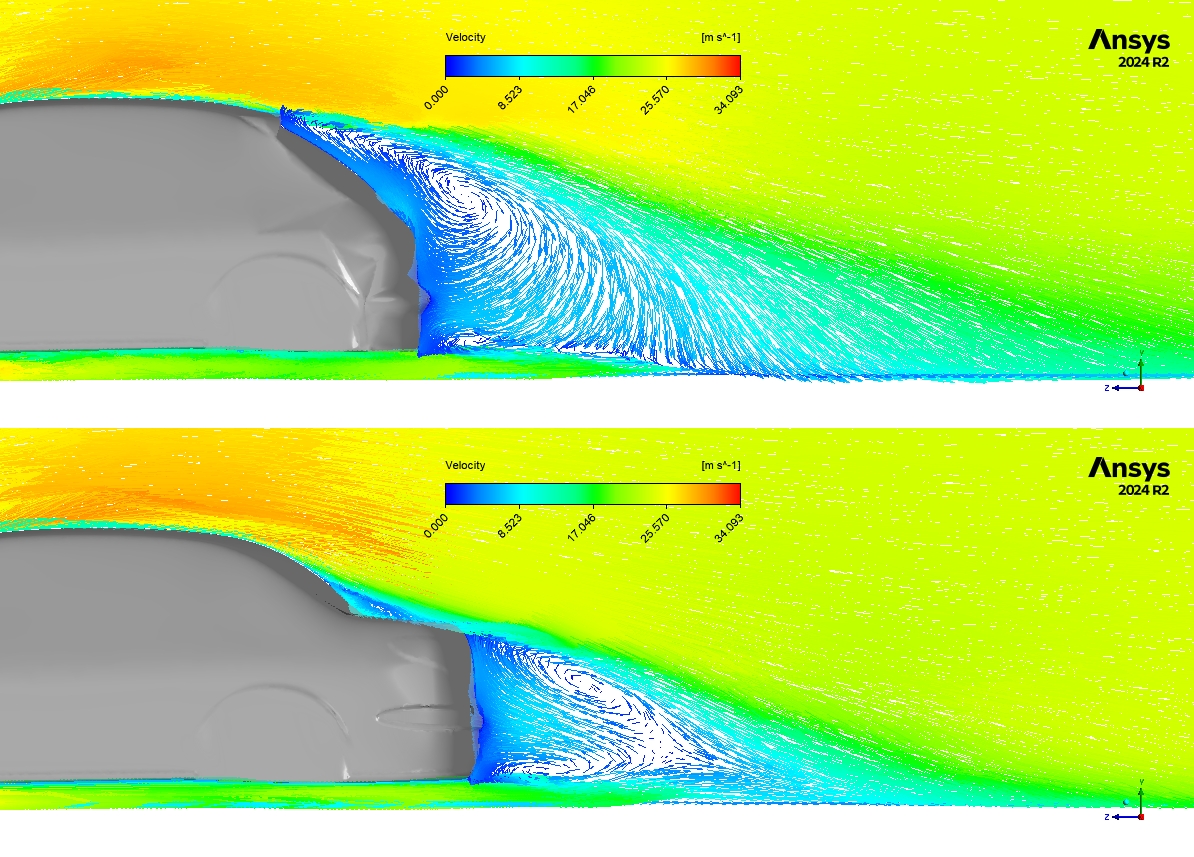
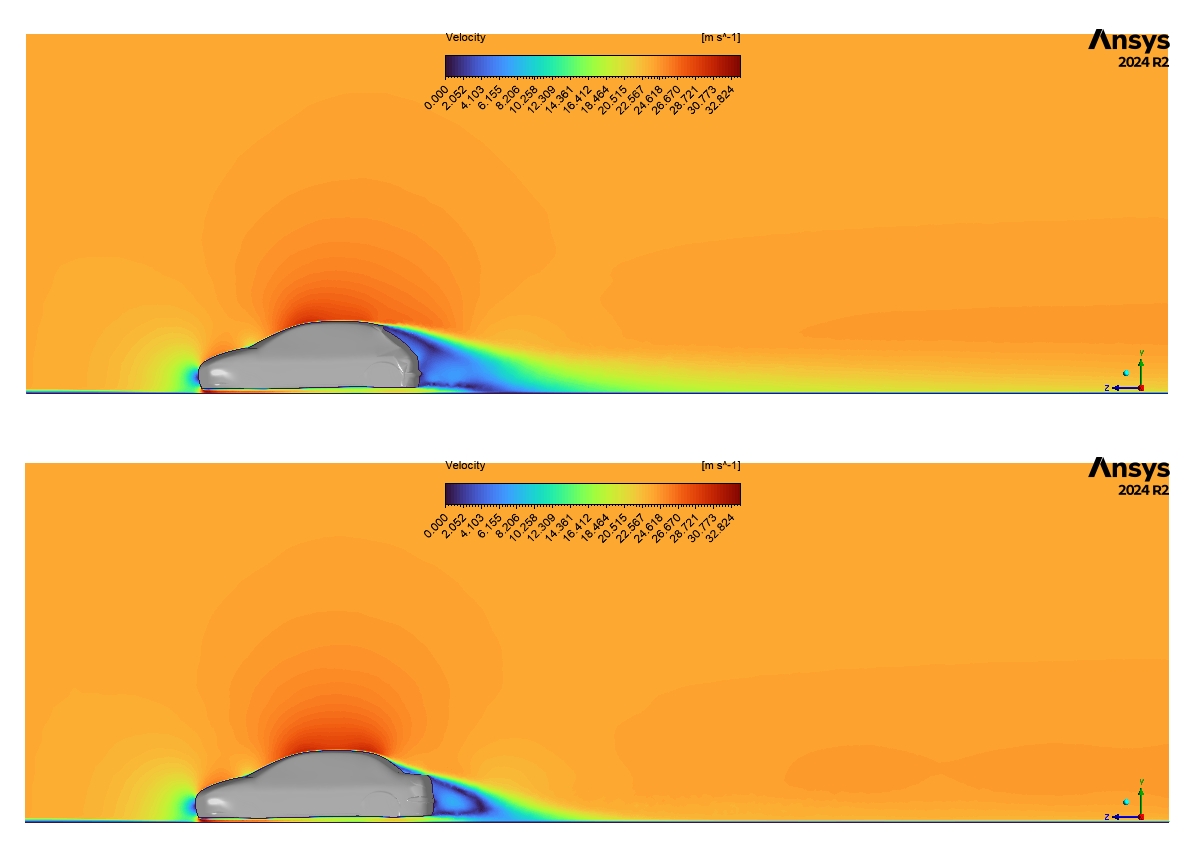
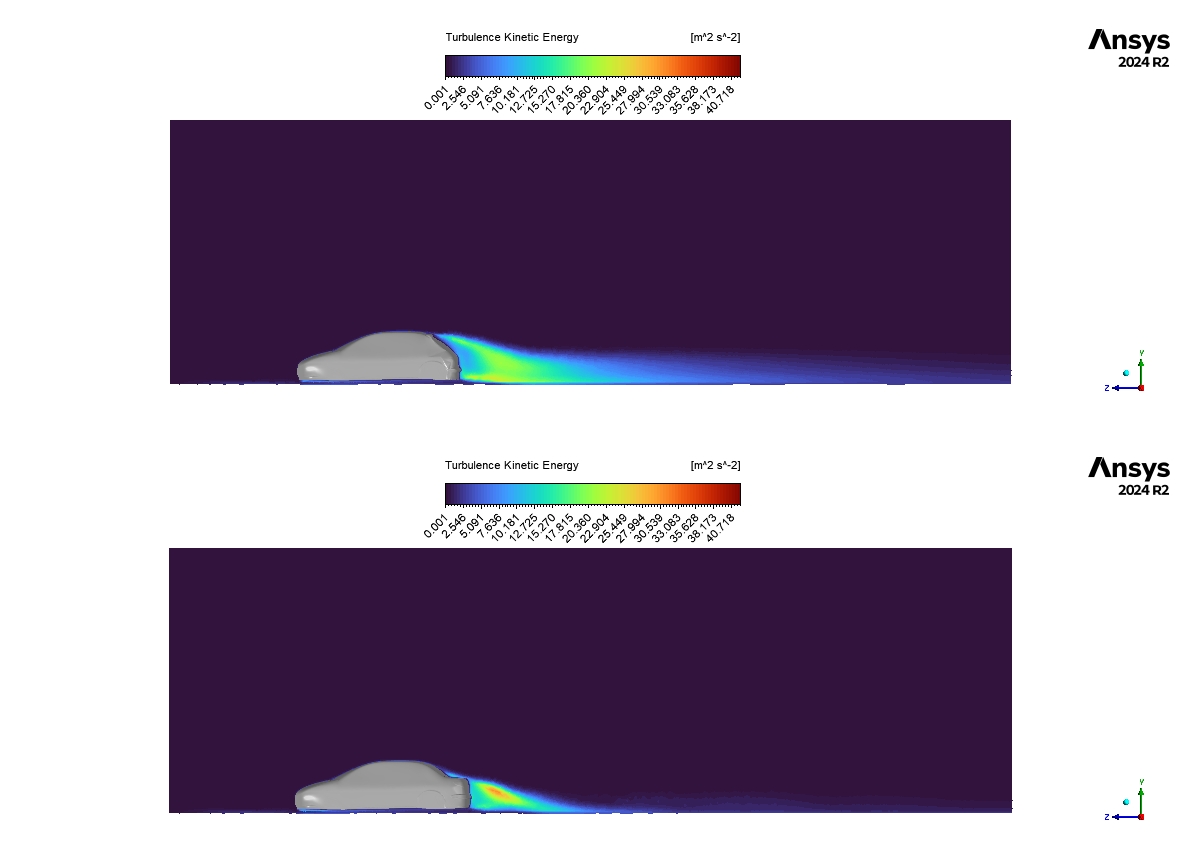
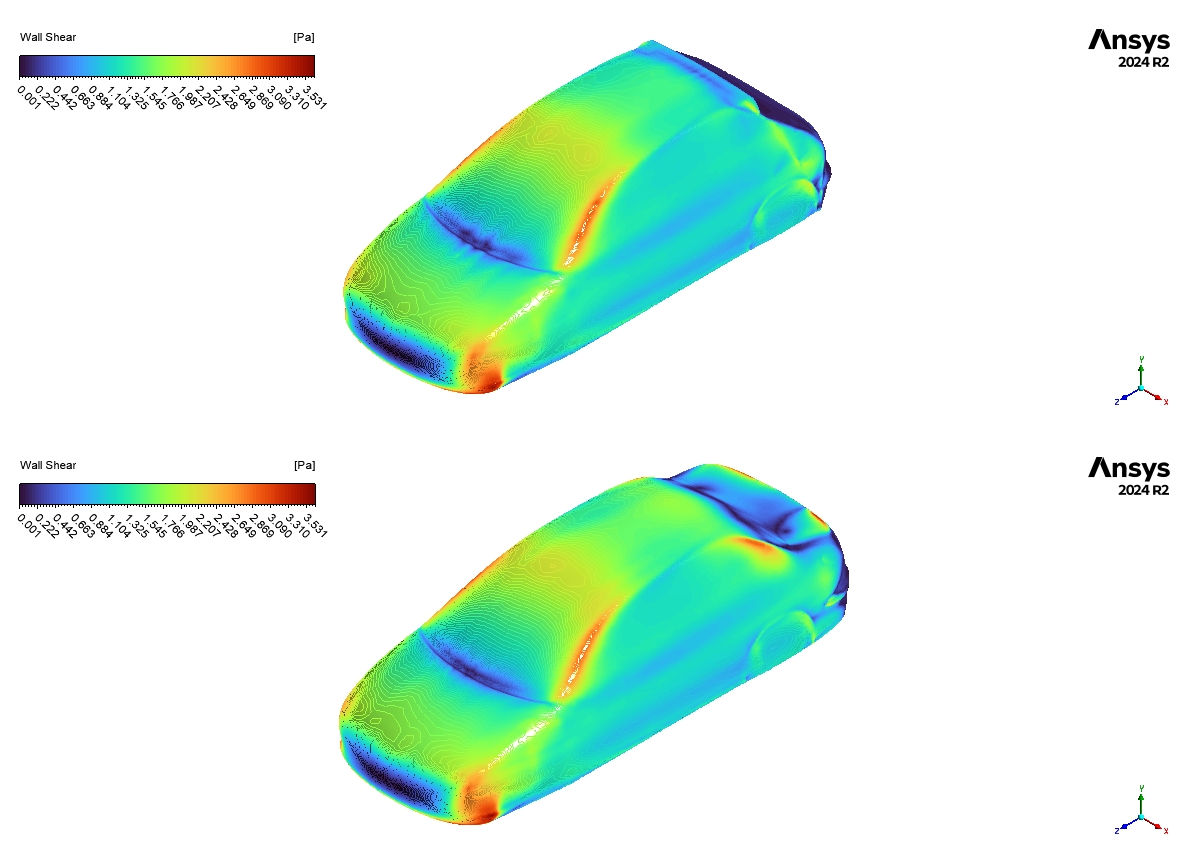
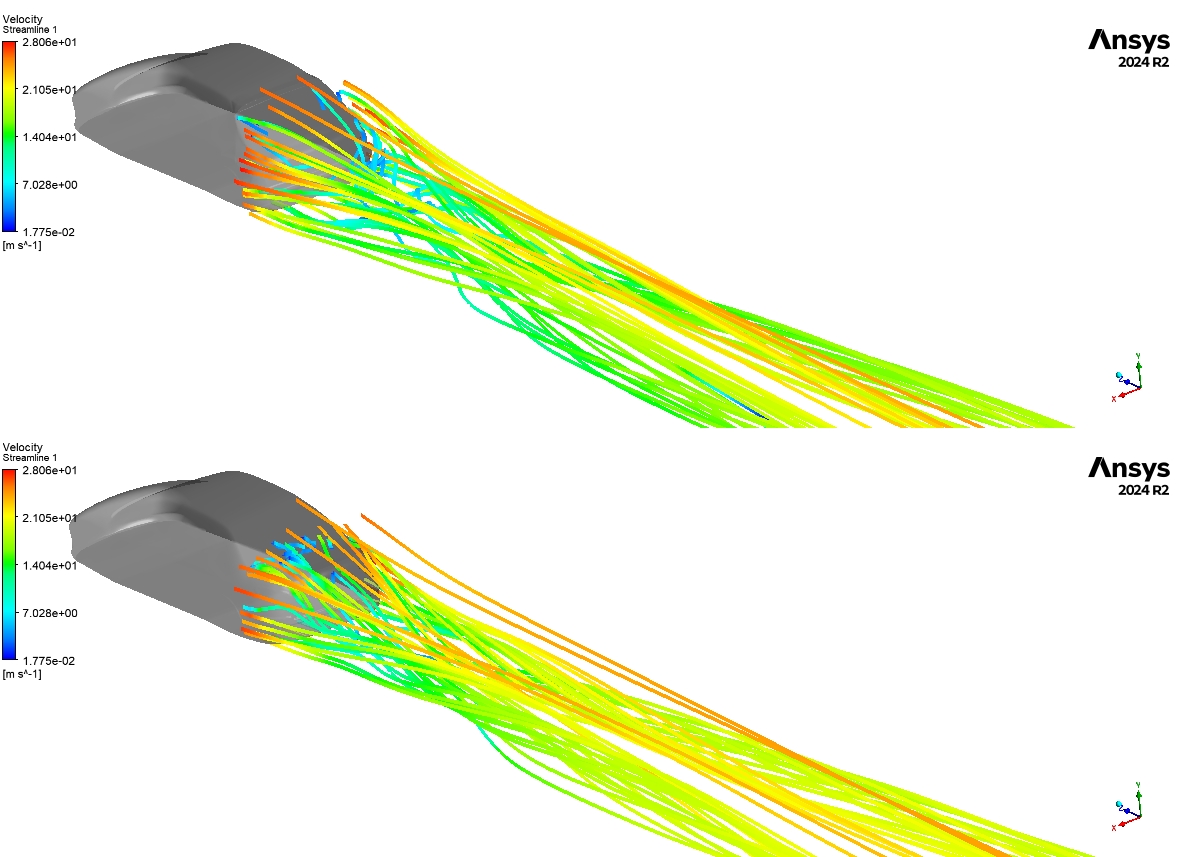

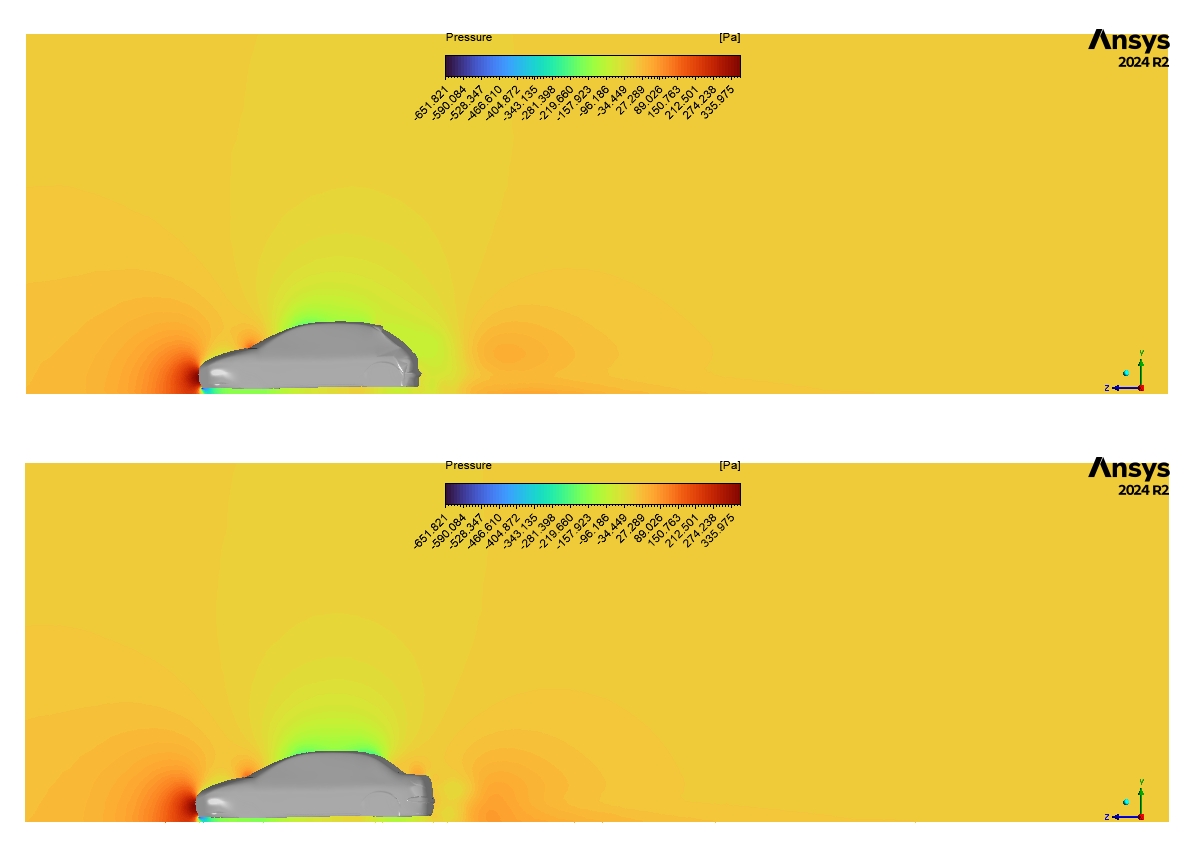
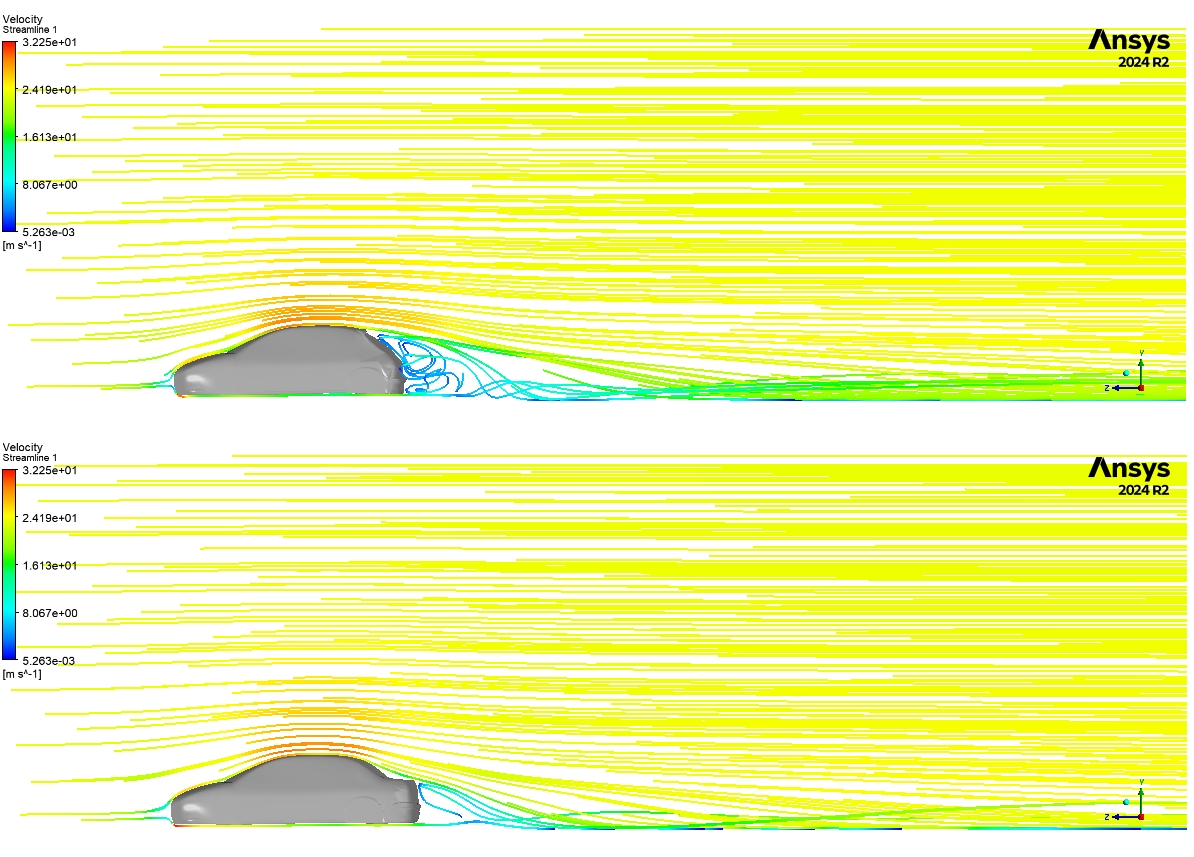



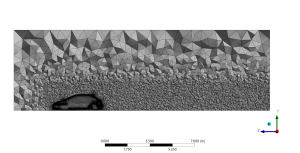
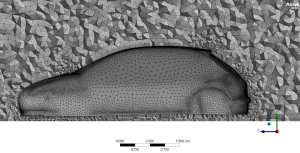
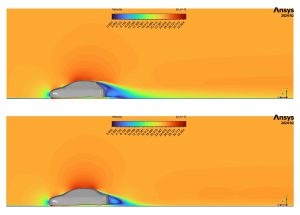
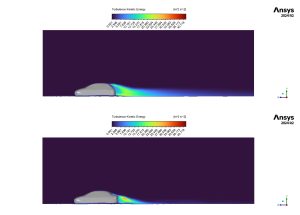
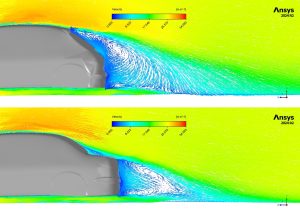





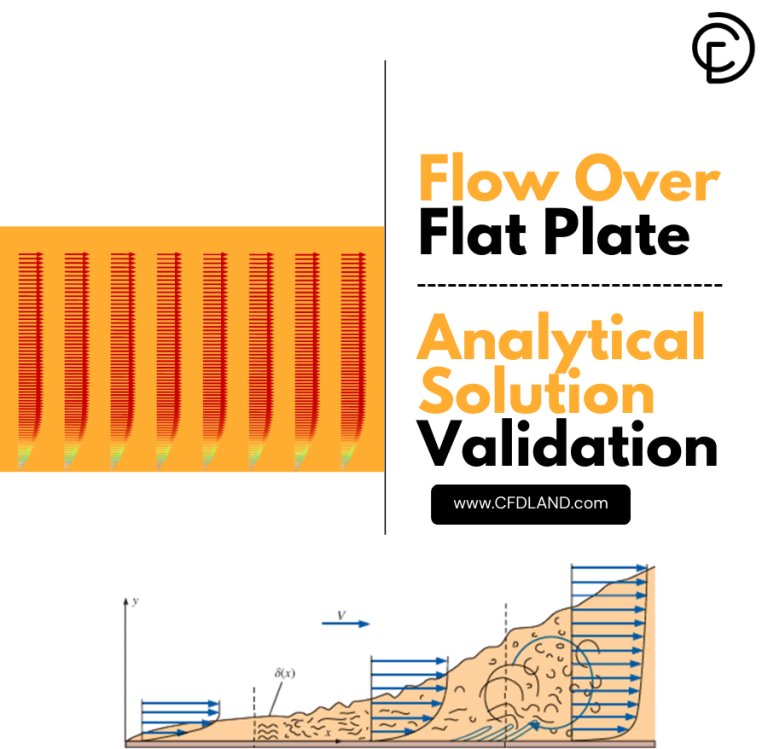
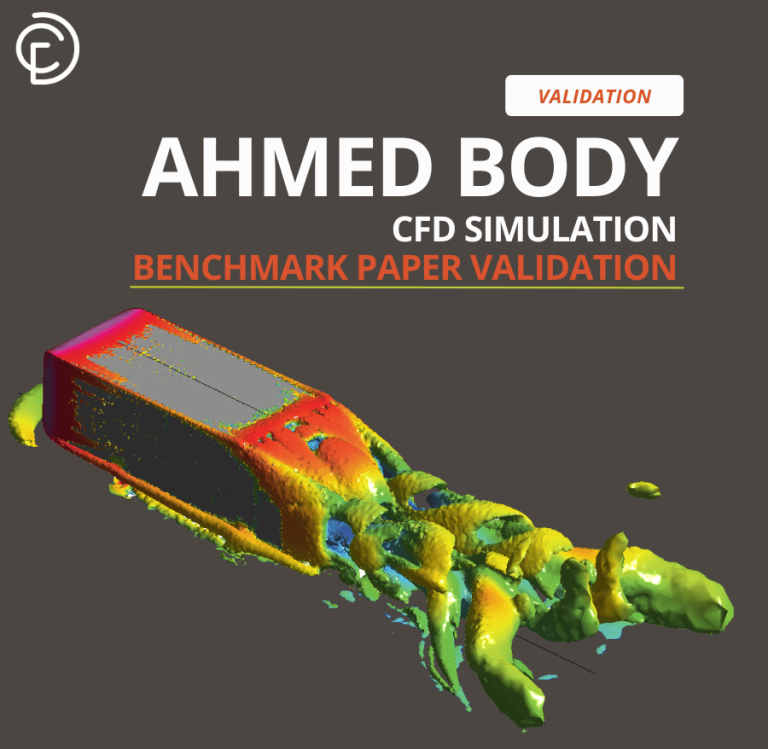
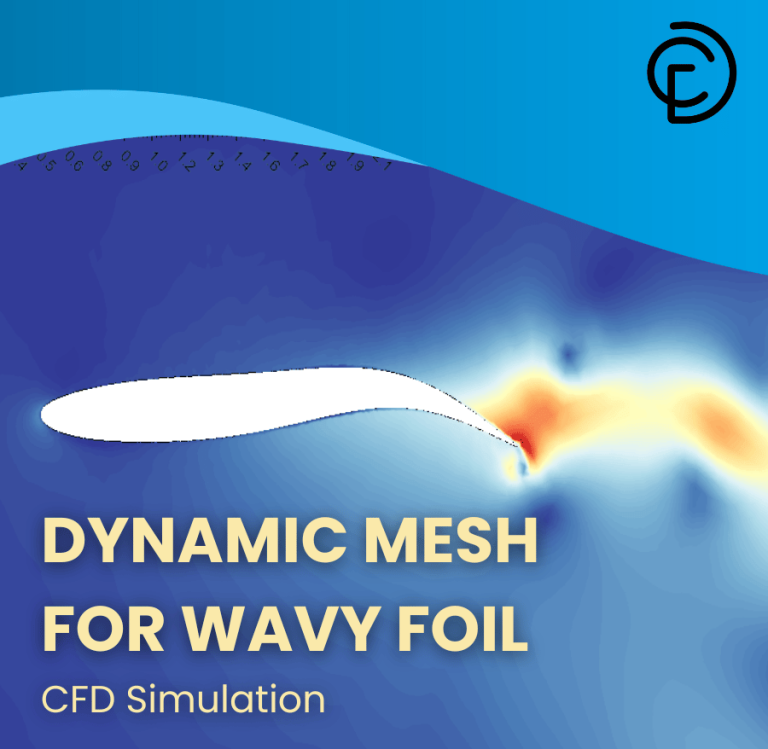

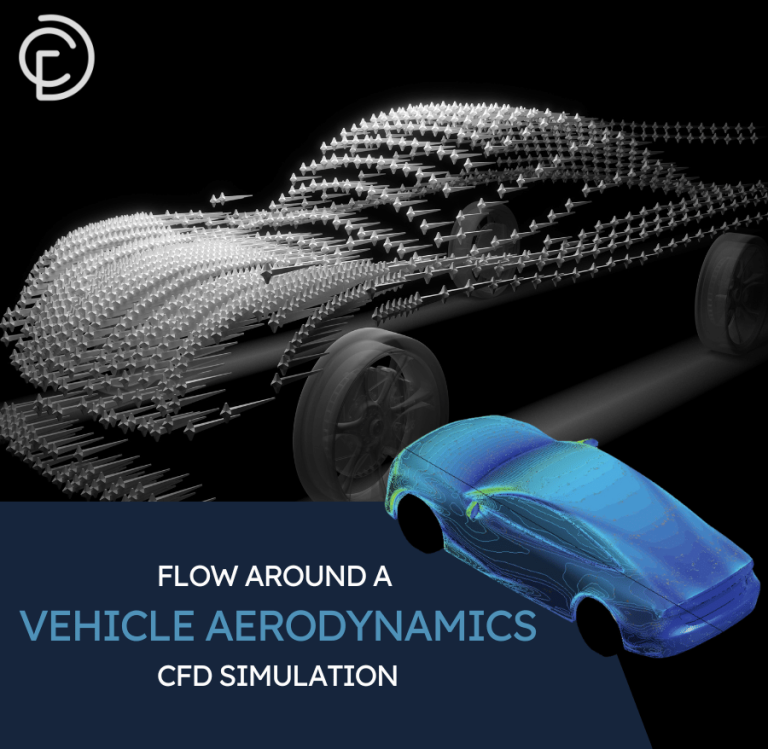

1 review for Aerodynamic Analysis Of Hatchback & Sedan Cars CFD Simulation | ANSYS Fluent Training
SHAH AMANAT SIAM (verified owner) –
great